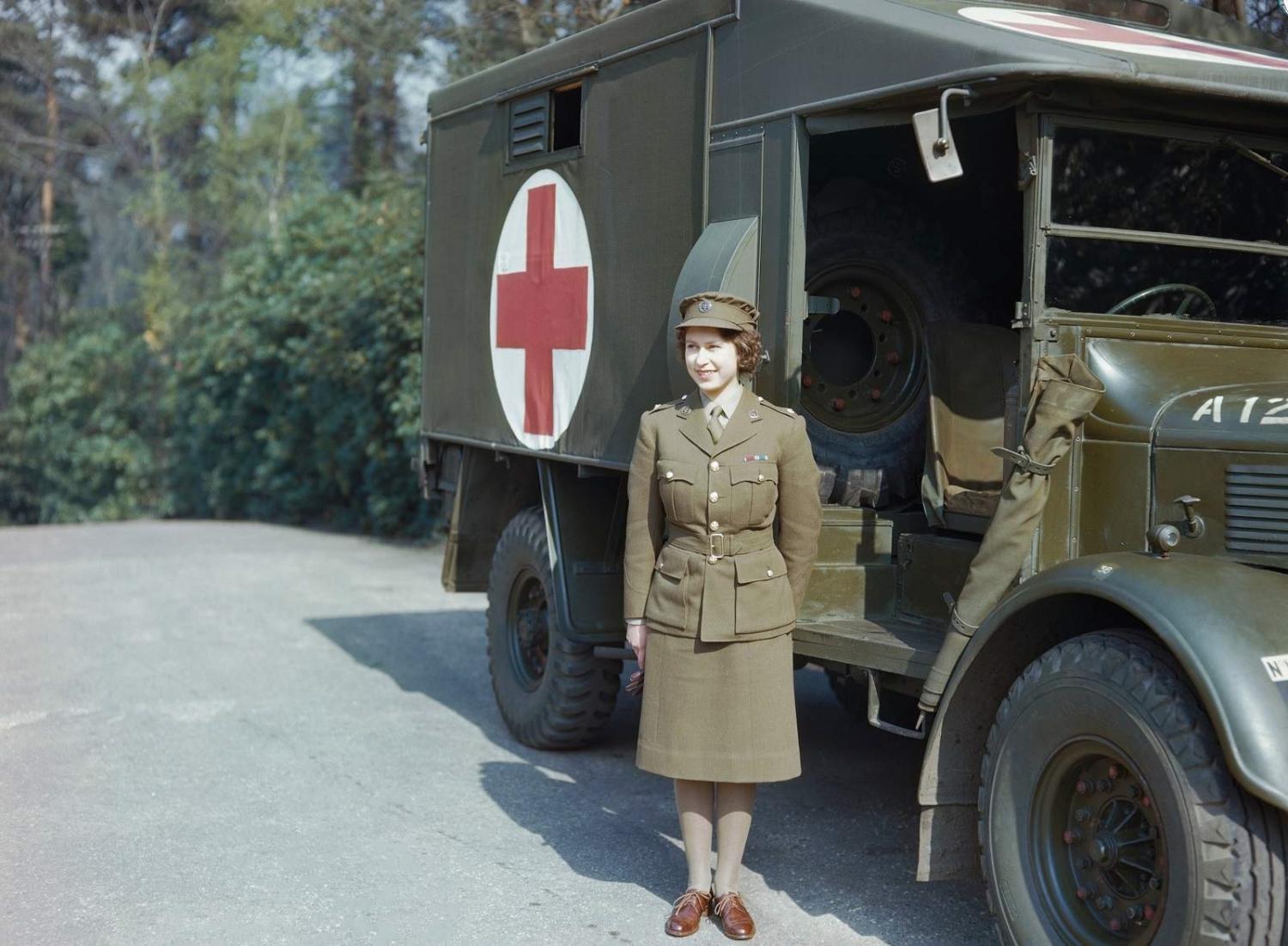Queen Elizabeth II’s role in foreign affairs may appear to be a contradiction in terms. As a constitutional monarch, she could take no initiative in these or any other political matters, but had to act on the advice of her prime ministers, whether in Britain or any other country of which she was head of state. Nonetheless, during her extensive reign, Britain and the Commonwealth faced foreign policy challenges and upheavals that required consummate diplomatic skill, and the Queen, who has died aged 96, was often enlisted as part of that process, or had to help manage it.
“I declare before you all that my whole life, whether it be long or short, shall be devoted to your service.”
She will be remembered in this context, first and foremost, for her dedication to the Commonwealth and for her commitment to and interest in the nations that, when she became Queen in 1952, were part of her empire and that during her reign became self-governing nations. The Queen accepted this transition in a manner that made the Commonwealth a much more formidable partnership than it might otherwise have been. It was often said that the Commonwealth continued to exist long beyond the end of the empire solely because of the unity she gave it by her example and dedication.
That dedication was first expressed in 1947, shortly before her marriage to Philip Mountbatten, when she accompanied her parents – King George VI and Queen Elizabeth – on a visit to South Africa. From there, on her 21st birthday, she made a radio broadcast to her future subjects around the world: “I declare before you all that my whole life, whether it be long or short, shall be devoted to your service and the service of our great imperial family to which we all belong.” It was a promise she kept over more than 70 years.

In the five years between her marriage and her accession, Princess Elizabeth had first-hand experience of colonial life, living for several months of the year as a naval wife in Malta, where Prince Philip was stationed. As her father’s health began to fail – he was a chain smoker and by his mid-50s was suffering from a fatal lung condition – she began to represent him on foreign tours that he was too ill to complete himself. In 1951, she went to Canada, stopping off in Washington DC to meet President Harry S. Truman, forging the first of numerous successful relationships with American leaders. Early in 1952, she set off to see more of the Commonwealth, heading to Australia and New Zealand by way of east Africa.
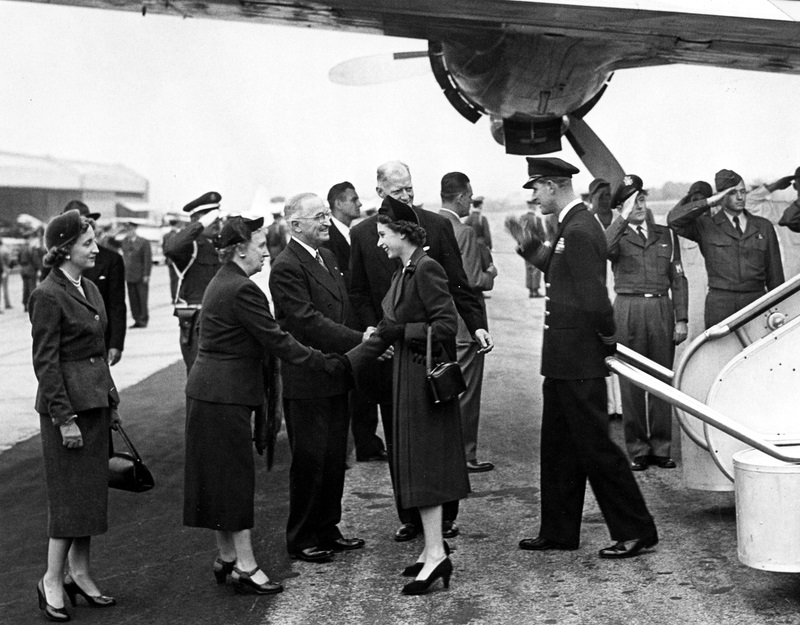
However, she did not get beyond Kenya, because it was there on 6 February 1952 that she was brought news of her father’s death from a coronary thrombosis during his sleep at Sandringham. Having left Britain as heir presumptive, she descended, heavily veiled, from her aircraft at London Airport as Queen. When she was crowned the following year, her coronation gown was embroidered with flowers representing Commonwealth countries. After her coronation, she and Prince Philip undertook a seven-month world tour, visiting thirteen countries and travelling almost 65 000 kilometres. This time she reached Australia and New Zealand, the first reigning monarch ever to do so. So extensive were her travels in Australia that 75 per cent of the country’s population is believed to have seen her.
A state visit to America in 1957 helped patch up strained relations between the two countries after Suez.
One of the gravest challenges to British foreign policy came just three years into the Queen’s reign, when her prime minister, Sir Anthony Eden, arranged with France and Israel to mount a joint force to invade the Suez Canal zone and regain control of the vital shipping artery from Egypt and President Gamal Abdel Nasser. The episode was a disaster, with political pressure from the United States, the Soviet Union and the United Nations leading to Britain’s withdrawal. Earl Mountbatten of Burma, Prince Philip’s uncle, later claimed that the Queen had been opposed to the invasion, a claim that Eden strenuously denied. One of the Queen’s courtiers remarked 40 years later that Elizabeth had thought Eden was “mad”, and that she had questioned him about the wisdom of his plan.
The debacle at Suez not only cost Eden his job, but also proved a wake-up call to Britain about its strength in the post-war world. The decision by Eden’s successor, Harold Macmillan, to begin divesting Britain of colonies – most notably in Africa and the Far East – was a direct consequence of this, and the Queen did not demur from this policy, but urged the Commonwealth as a means of building new relationships while maintaining historic ties.
A state visit to America in 1957 helped patch up strained relations between the two countries after Suez, and the Queen took advantage of her tour to do two things a British monarch had never done before. She opened the Canadian parliament in person, and addressed the General Assembly of the United Nations on behalf of the Commonwealth, many of whose members had voted against Britain at the UN over Suez. Her American trip was deemed a huge success, not least because of what courtiers said was America’s surprising desire to be liked rather than Britain’s determination to atone for past mistakes.
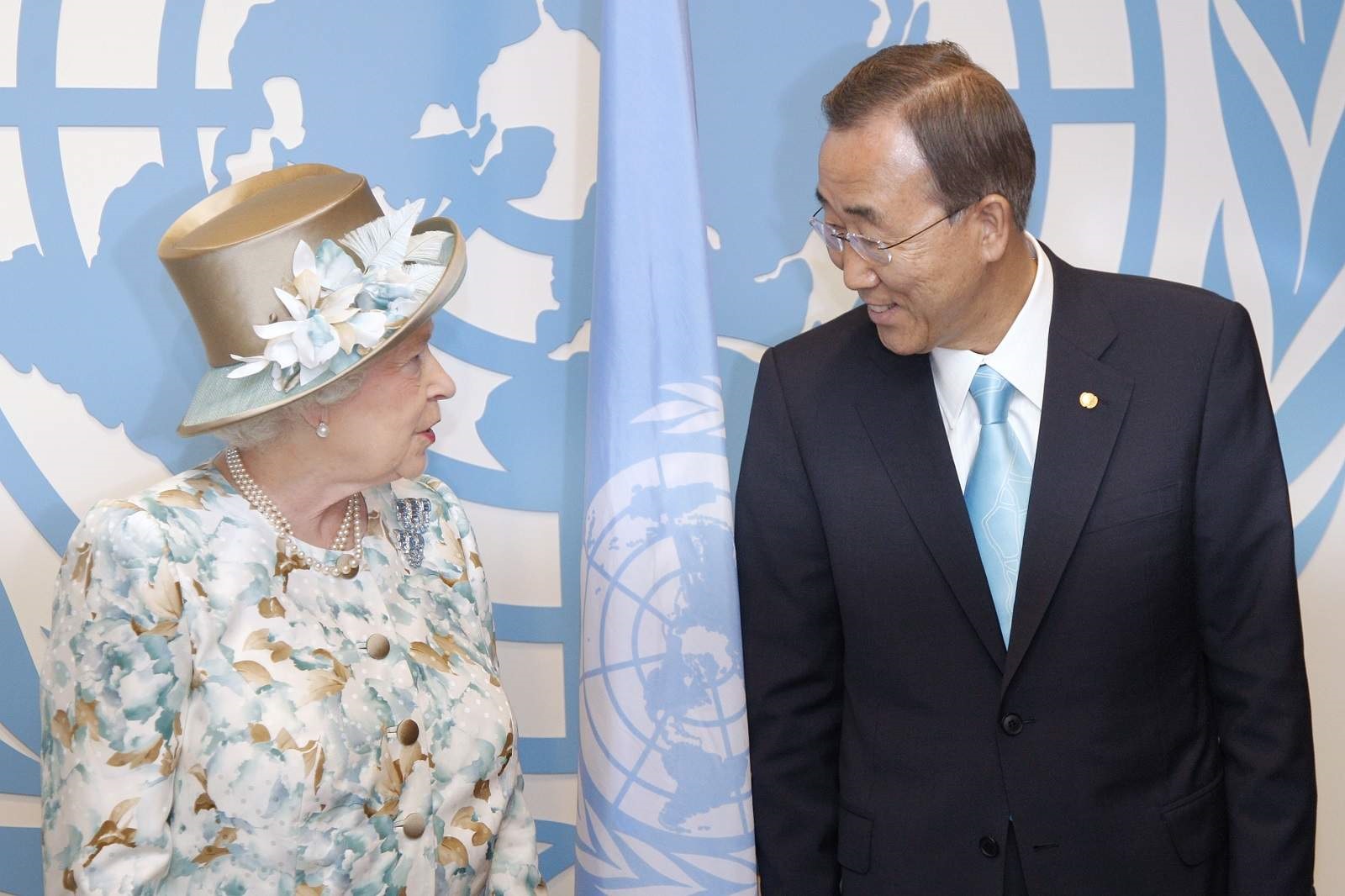
The Queen’s considerable knowledge of the world was acquired not just by briefings from her ministers, but by first-hand experience. At the time of her death, she was the most travelled head of state in history, maintaining a punishing schedule of international trips until her late 80s. She made a point of trying to attend every Commonwealth Heads of Government meeting, which took her to Australia when she was 85, and Malta shortly before her 90th birthday. She made a point of visiting countries that had become independent of Britain to forge a new relationship of equals.
The Queen became the ultimate diplomatic tool for healing breaches with other nations, or for opening new chapters in relationships between Britain and nations that had for decades been subservient to it but were now sovereign in their own right. Several visits to India during her reign – the first in 1961 – helped assure cordial relations with a country that had been considered the jewel in the Imperial crown, but where there were still some bitter memories of the British Raj.
The year after visiting South Africa with her parents in 1947, the apartheid regime was established. It was not until 1995 that the Queen returned, hosted by Nelson Mandela, to signify South Africa’s admission back into not just the Commonwealth, but the comity of civilised nations.
Possibly more significant, however, was her visit to the Republic of Ireland in 2011, where she received a warm welcome and made clear she regretted aspects of Britain’s past involvement in that country, notably its conduct in the Easter Rising in 1916. No single event ever did more to improve Anglo-Irish relations.

Some breaches she helped smooth were even longer standing. Her visit to Pope John XXIII in the Vatican in 1961 was the first time the Supreme Governor of the Church of England had ever met the head of the church from which the Anglican Communion broke away in 1534. She would make three more visits. Twenty years after the end of the Second World War, she visited West Germany for ten days, including a historic visit to West Berlin at a time when the Cold War was near its zenith. In 1972, she went behind the Iron Curtain and visited President Josip Tito in Yugoslavia for four days.
Britain’s closest ally in those wars was America, and 19 years after her post-Suez tour there, she returned for a longer visit in 1976, hosted by President Gerald Ford during the country’s 200th anniversary of its independence from Britain. In 1983, at the height of the two countries’ “Special Relationship”, she spent ten days with President Ronald Reagan. A 12-day visit in 1991, as a guest of President George H.W. Bush, took her to the south, and her final visit in 2007 with George W. Bush allowed her to see towns founded by English settlers in what had been English colonies 400 years earlier.
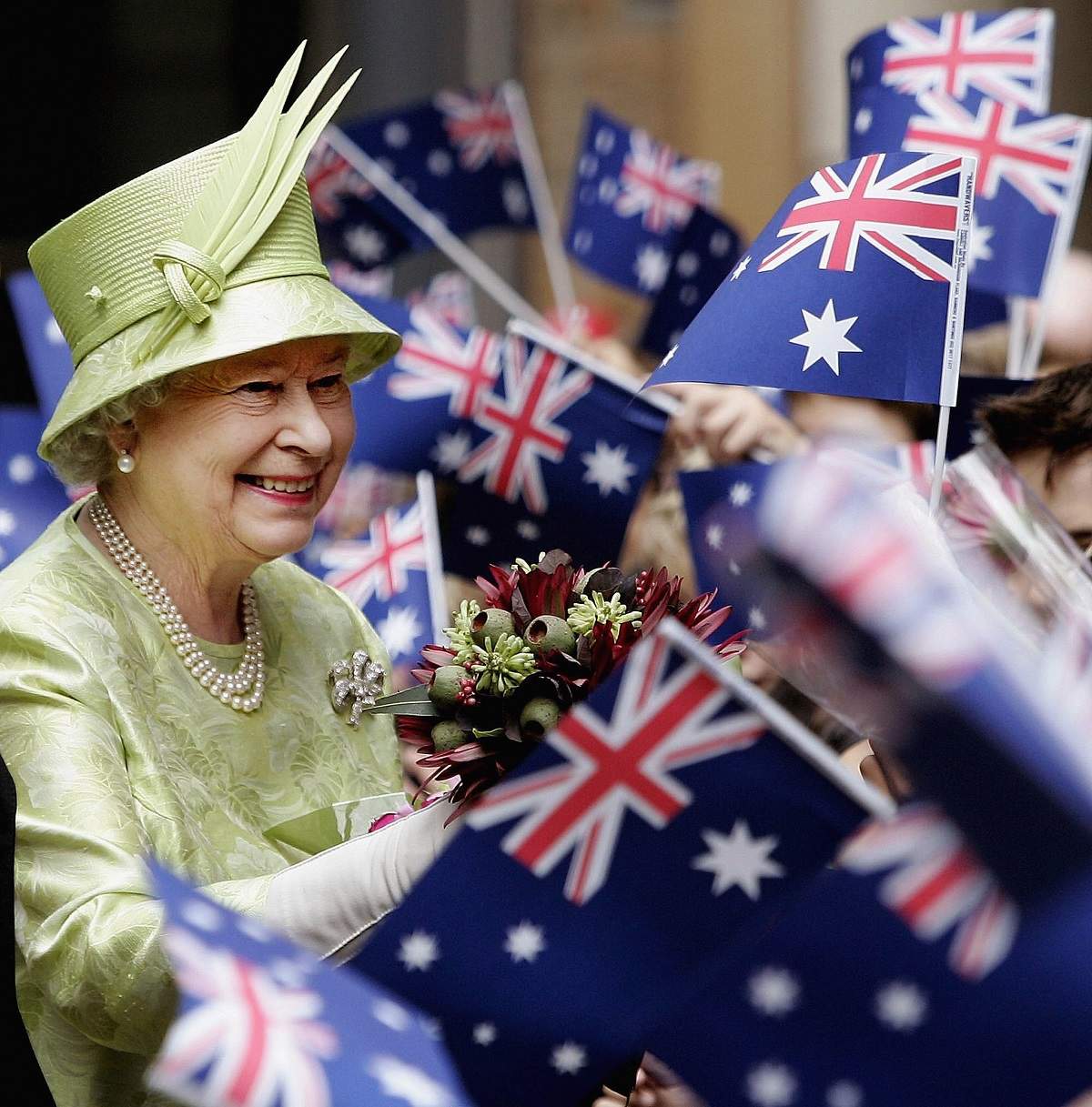
The Queen was rarely drawn into controversy about foreign policy, the notable exception being in 1975 when the governor-general of Australia, Sir John Kerr, dismissed the country’s prime minister, Gough Whitlam, after the Liberal Party-dominated senate had vetoed Whitlam’s proposed budget. Whitlam’s Labor Party had a majority in the House of Representatives, whose speaker appealed to the Queen to override Kerr and put Whitlam back in office. Acting on advice from the Foreign and Commonwealth Office, the Queen refused the speaker’s petition, saying it would be improper for her to interfere in matters that Australia’s constitution reserved to the governor-general. Her decision – or, rather, the decision of her ministers – was felt to have supercharged the republican movement in Australia, although a referendum on the question in 1999 resulted in a resounding endorsement of the status quo.
Also in the 1970s, the Queen was involved in dialogue with Canada about the patriation of the Canadian constitution, which would remove the authority of the British parliament from Canadian matters. During discussions, it was unclear whether this process would leave the Queen as head of state, or whether Canada would become a republic. Its then prime minister, Pierre Trudeau, was considered an active republican and the Queen was said by her ministers to have found him difficult to deal with and “disappointing”. A deputation that visited London to discuss patriation with the Queen found that she was an expert on the constitutional questions concerned. Her support of Canada’s goal of sovereign democracy was instrumental in ensuring that the country chose to retain her as head of state.
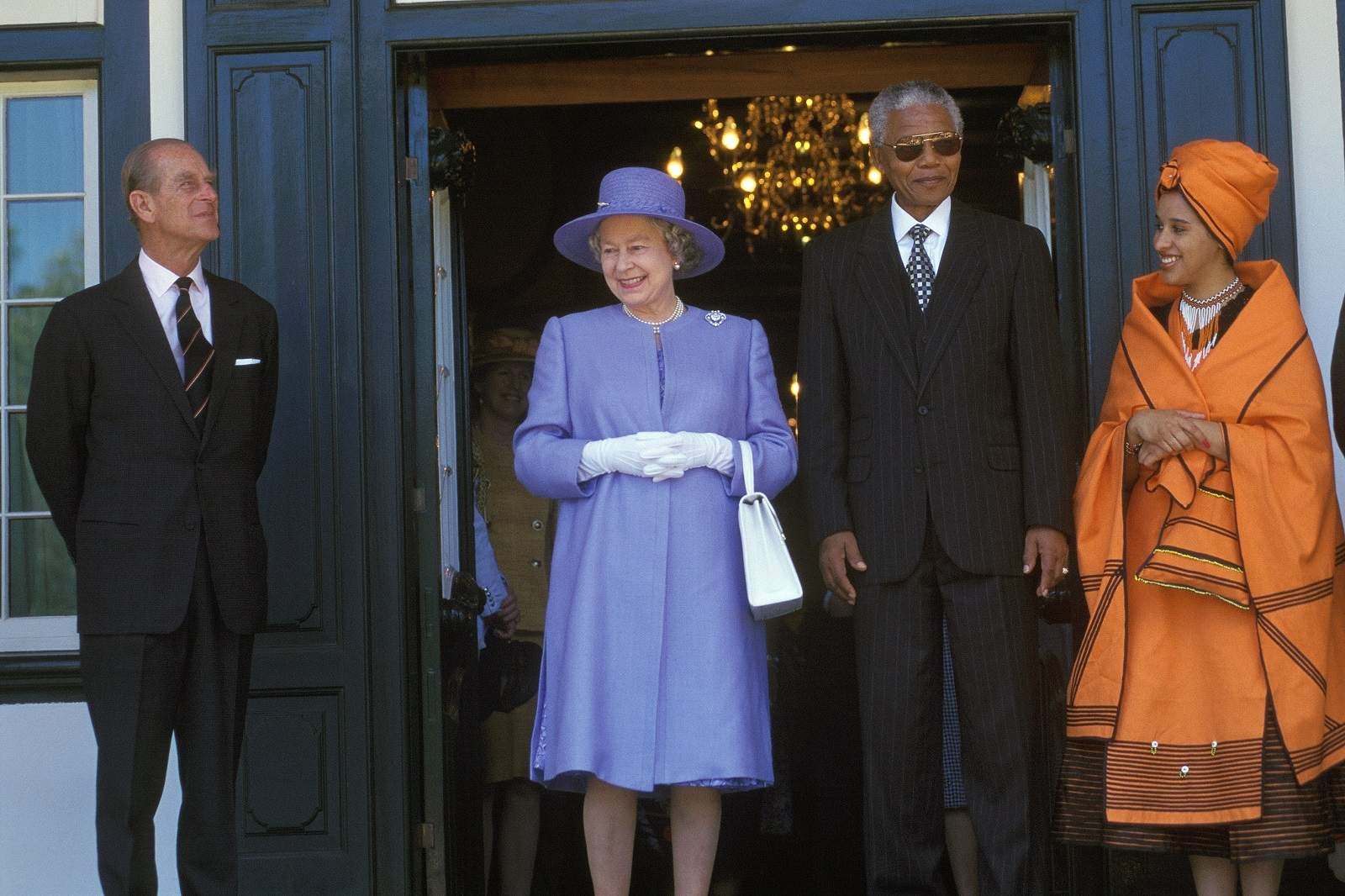
As well as making state visits the Queen had to receive them, another crucial part of the diplomatic process. The 20th century had brought substantial changes in such matters: until 1914 most state visits comprised visits to Britain by members of the monarch’s extended family, such as the German Kaiser, the Kings of Norway or Belgium, or the Romanovs and other more distantly-related royalties from the Balkans. Two world wars had swept away the continental empires and most monarchies, and the Queen usually had to entertain elected heads of state; and many of the remaining crowned heads that she hosted, such as Haile Selassie of Ethiopia (1954), King Faisal of Iraq (1956), the Shah of Iran (1959) or King Paul of Greece (1963), would either be deposed or find their thrones surviving them by only a short period of time.
The visit by Vladimir Putin in 2003 – the first Russian head of state to visit Britain since Tsar Nicholas I in 1843 – was equally controversial.
Diplomatic controversies often revolved around the Queen’s obligation to host and make state visits. Emperor Hirohito’s visit in 1971 created discord due to lingering memories of Japan’s barbaric treatment of British and Commonwealth prisoners of war 30 years earlier. Lord Mountbatten, who had commanded troops in the region, refused to meet the Emperor as he felt it would be a betrayal of those who had served under him during the Second World War. Veterans protested in the streets and the press was almost uniformly hostile: thousands of people, including many veterans, lined the ceremonial route along the Mall in London and turned their backs on Hirohito and stood in silence as his carriage passed. It was one state visit that singularly failed to patch up old enmities but, rather, seemed to feed them. The Queen did go some way to sympathising publicly with aggrieved veterans in her speech at the state banquet, saying “we cannot pretend that the past did not exist … we cannot pretend that the relations between our two peoples have always been peaceful and friendly.”
Hirohito’s son attracted a similar reaction on his state visit in 1998, with protestors turning their backs on the carriage that carried Emperor Akihito and the Queen down the Mall in London. The visit by Vladimir Putin in 2003 – the first Russian head of state to visit Britain since Tsar Nicholas I in 1843 – was equally controversial, with his increasingly repressive rule making him the target of protestors. And two Chinese state visits later in the Queen’s reign – by President Hu Jintao in 2005 and President Xi Jinping a decade later – provoked protests about human rights and economic policy. The Prince of Wales refused to attend the banquet for Hu because of China’s occupation of Tibet; he took the same course in 2015 when concerns were raised about Chinese dumping of steel in European markets and China moving into the British nuclear industry.
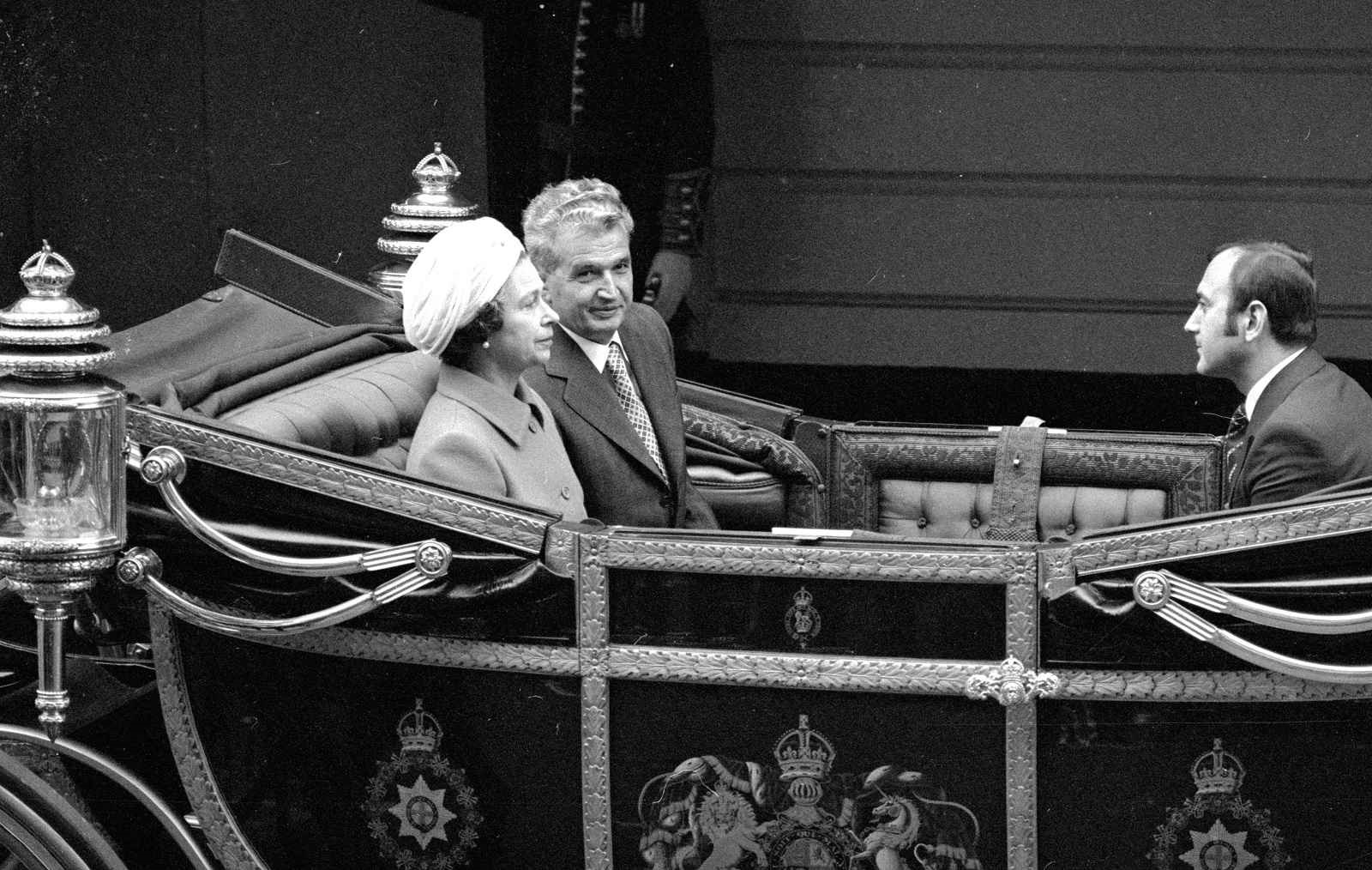
In 1978, the Queen was obliged by her Labor prime minister, Harold Wilson, to invite the Romanian dictator Nicolae Ceausescu and his wife to Buckingham Palace. James Callaghan, who had replaced Wilson by the time Ceausescu arrived, tried to persuade her that the visit would improve relations with Eastern Europe, but it was unclear why, of all the Soviet bloc nations, one known for its record of oppression and corruption should be chosen for this honour. Years later, the Queen admitted that she had spotted Ceausescu in the gardens of Buckingham Palace while walking her dogs during his visit, and had hidden behind a bush to avoid having to talk to him.
But the matter of most enduring controversy throughout much of the Queen’s reign was the question of Britain’s relations with Europe. In 1962, when Britain first attempted to join the Common Market, the move occasioned a chorus of disapproval from the Commonwealth, who refused to believe the assurances of Harold Macmillan that member countries’ relations with Britain would be unaffected. Some leaders complained to the Queen at the 1962 Commonwealth Prime Ministers’ Conference, and she relayed her disquiet to Macmillan. When Britain did eventually enter what had become the European Economic Community in 1973 the Queen was forced to put some distance between herself and the Commonwealth on the advice of Edward Heath, her pro-European prime minister at the time. Heath’s own hostility to the Commonwealth was a source of friction between him and the Queen, whom he had caused to establish some degree of disengagement with the organisation. She increased her efforts once Heath left office in 1974, though for the next 40 years, feelings of estrangement around the Commonwealth would continue, and the Queen would have difficulties with another of her prime ministers, Margaret Thatcher, about the organisation. Mrs Thatcher had no sympathies with Europe, but disliked the Commonwealth’s attitude to sanctions against South Africa.
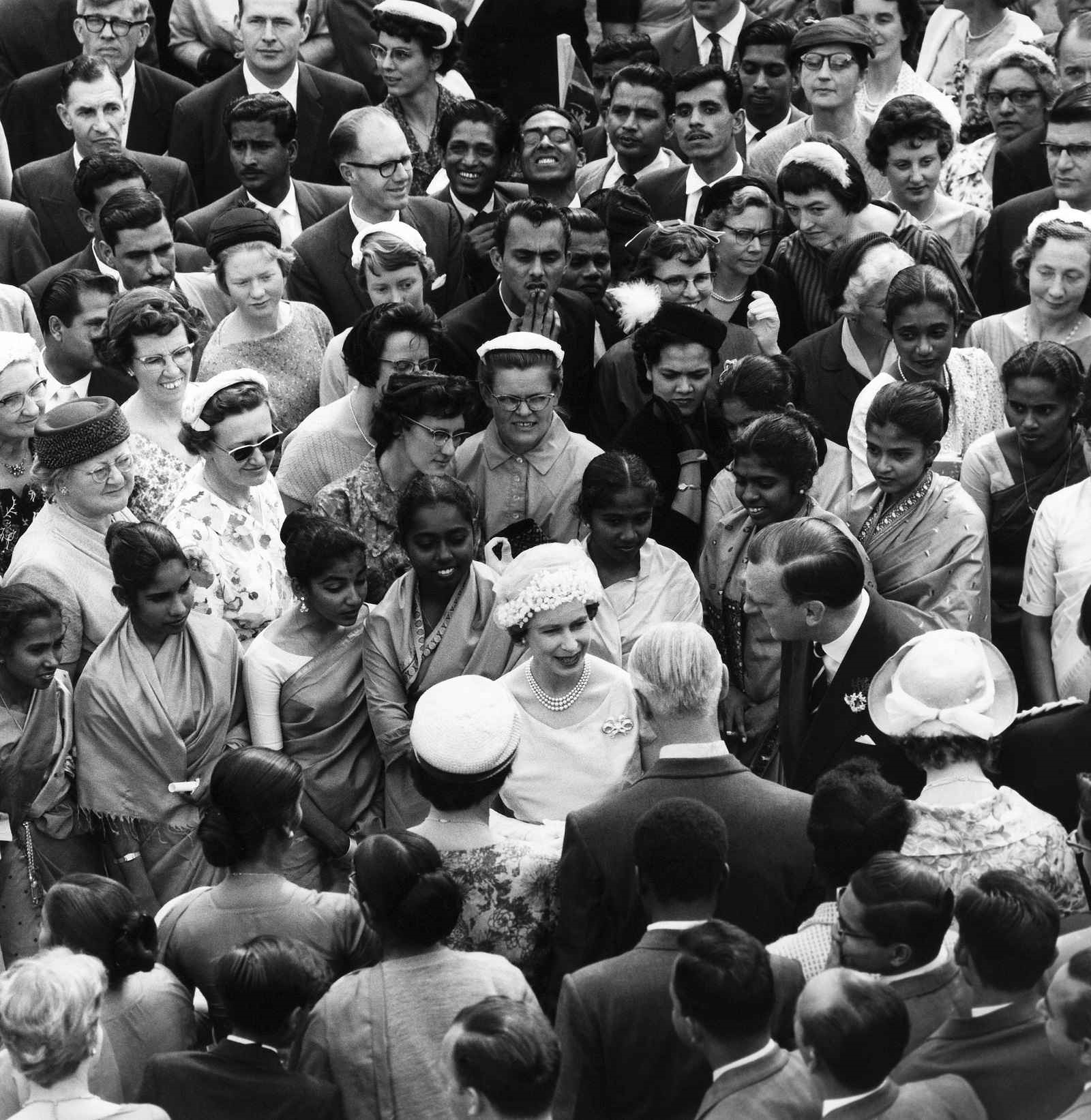
When Britain signed the Maastricht Treaty in 1992 – surrendering national sovereignty in certain key areas – it was rumoured that the Queen was anxious about the effect this would have on her promise in her Coronation oath to govern her people “in accordance with their laws and customs”. If the Queen expressed her fears to her then-prime minister, John Major, nothing happened as a consequence. However, when it was reported in 2016, during the campaign for the referendum that took Britain out of the European Union, that the Queen had expressed to a group of politicians at a private lunch that she was keen for the country to vote to leave, the story – though officially denied – was widely believed. Whatever her view, her belief in close ties with the Commonwealth was reinforced by the decision as Britain sent out emissaries to India, Australia and Canada within weeks of the vote to try to improve trade links.
The full extent of her influence will not be evident until long after her death, when government papers are finally released.
Inevitably, as the Queen’s reign progressed, her influence grew. More than 170 prime ministers served in Queen Elizabeth’s realm during her 70 years as head of the British monarchy. When Margaret Thatcher left office in 1990, the Queen was older than her prime minister, and Tony Blair, who entered office in 1997, had not been born when the Queen ascended the throne. And although her political capacity was ostensibly limited as a constitutional monarch, this did not mean she was unable to make her feelings about international relations plain, or that she was powerless to place certain boundaries on the direction of British policy. The full extent of her influence will not be evident until long after her death, when government papers are finally released. But we should expect the final account to show a wealth of expertise and interest in the foreign policy of her country and the Commonwealth, and to reveal a monarch whose views helped shape events over seven decades.
